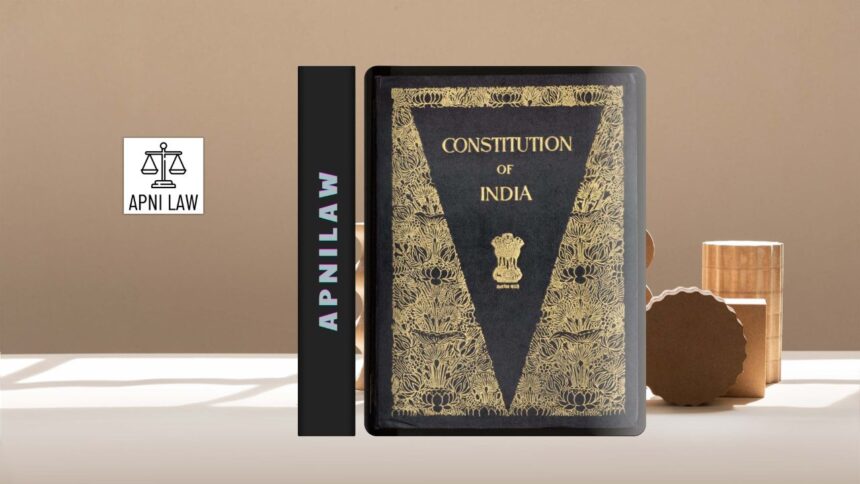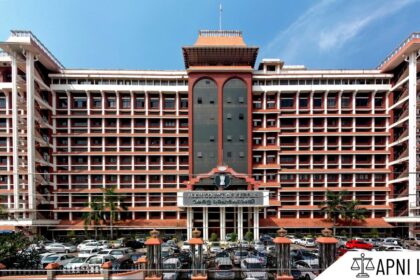What Is the Rajya Sabha and How Is It Structured?
The Rajya Sabha, also known as the Council of States, functions as the Upper House of the Indian Parliament. It serves as a permanent chamber that continues its work even when the Lok Sabha dissolves. The Constitution sets its maximum strength at 250 members. Out of this total, up to 238 members represent the States and Union Territories. These members are elected by the elected members of the State Legislative Assemblies. The election uses the single transferable vote system through proportional representation. This method ensures fair representation for all political groups. At present, the Rajya Sabha consists of 233 elected members. In addition to the elected members, the President of India nominates 12 members. These nominated members are chosen for their achievements in fields such as art, literature, science, and social service. Their presence strengthens the House with diverse expertise.
Members of the Rajya Sabha serve for six years. The House follows a system of staggered terms. One-third of the members retire every two years. This feature ensures continuity in parliamentary work. The Rajya Sabha does not dissolve at any time. The Vice President of India serves as the ex-officio Chairman of the Rajya Sabha and presides over its proceedings. The House elects a Deputy Chairman from among its members to assist in conducting business. This structure supports stable functioning and continuous discussion on national issues.
How Does the Rajya Sabha Represent the States?
The Rajya Sabha plays a major role in giving the States and Union Territories a voice at the national level. It acts as the federal chamber of the Parliament. Each state elects members based on its population, which allows both large and small states to participate in national decision-making. While the Lok Sabha reflects the will of the people, the Rajya Sabha safeguards the interests of the states. This balance helps preserve the federal structure of the Constitution. The House ensures that national policies take into account the concerns of regional governments. Through debates, discussions, and committee reviews, it highlights how central laws may impact the states. This institutional design strengthens cooperative federalism in India.
What Legislative Powers Does the Rajya Sabha Hold?
The Rajya Sabha shares legislative responsibility with the Lok Sabha in most matters. It participates fully in the passing of ordinary bills. Either House can introduce an ordinary bill, and both must approve it for the bill to become law. The Rajya Sabha examines bills thoroughly, debates issues in detail, and suggests changes when needed. Although both Houses enjoy equal powers in passing non-financial legislation, the Rajya Sabha has restricted powers in financial matters. A Money Bill can only be introduced in the Lok Sabha. After passing in the Lok Sabha, it is sent to the Rajya Sabha for consideration. The Rajya Sabha cannot reject or amend a Money Bill. It can only make recommendations. The Lok Sabha may accept or reject these recommendations. This limitation reflects the fact that the Lok Sabha represents the people directly, who bear the burden of taxation and public spending.
Even with this limit, the Rajya Sabha plays an important reviewing role. Many complex bills receive deeper scrutiny in this House. Its experienced members often bring expert opinions to legislative debates. Through this systematic examination, the Rajya Sabha helps improve the quality and clarity of legislation. This function strengthens democratic lawmaking.
What Special Powers Make the Rajya Sabha Unique?
The Rajya Sabha enjoys several special powers that highlight its importance in the constitutional framework. One of the most significant powers appears under Article 249 of the Constitution. The Rajya Sabha can pass a resolution authorizing Parliament to legislate on subjects in the State List. This resolution must be approved by a two-thirds majority. When passed, it allows Parliament to make laws on matters normally reserved for state governments. This power becomes important when national interest requires central action on a state subject. The Rajya Sabha also plays a role in approving the creation of new All-India Services. This power strengthens administrative uniformity across states.
Another key responsibility involves constitutional amendments. Both Houses must approve a constitutional amendment before it becomes law. The Rajya Sabha therefore shares equal power with the Lok Sabha in altering the Constitution. This role ensures that changes to the basic legal structure reflect national and federal consensus.
The Rajya Sabha also participates in the removal of high constitutional authorities. It has the power to remove the Vice President through a special resolution. It participates in the process of impeaching the President along with the Lok Sabha. These responsibilities highlight its role in maintaining checks and balances in the political system.
How Does the Rajya Sabha Contribute to Accountability and Oversight?
The Rajya Sabha monitors the functioning of the government through questions, debates, and committee work. Members ask questions that compel ministers to explain policies and administrative decisions. Through short-duration discussions and calling-attention motions, the House seeks clarification on urgent national issues. This scrutiny helps maintain transparency in governance. Parliamentary committees allow deeper examination of bills, budgets, and policy matters. Rajya Sabha members contribute significantly to these committees. Their expertise and experience often lead to more detailed reviews. This oversight helps ensure efficient administration and responsible governance.
What Role Does the Rajya Sabha Play in Elections and Appointments?
The Rajya Sabha contributes to the electoral framework of the nation. Its elected members form part of the Electoral College that elects the President of India. This participation ensures that both state and national perspectives influence the election of the head of state. The Rajya Sabha also plays a part in choosing the Vice President. Members of both Houses vote together in this election. Through these roles, the Rajya Sabha helps maintain the democratic character of top constitutional appointments.
Why Is the Rajya Sabha Considered a Permanent House?
One of the defining features of the Rajya Sabha is its permanent status. Unlike the Lok Sabha, it does not dissolve every five years. Members retire in phases every two years, and new members replace them through elections. This rotating system ensures that the House always remains functional. It allows ongoing legislative work even when general elections to the Lok Sabha are held. The continuity of the Rajya Sabha supports long-term policy discussions and prevents legislative disruptions. It also preserves institutional memory, which strengthens parliamentary functioning.
For any specific query call at +91 – 8569843472
Conclusion
The Rajya Sabha plays a vital role in India’s parliamentary democracy. It represents the interests of the states, supports legislative review, and provides stability to the lawmaking process. It ensures that national decisions take regional concerns into account. Its powers under Article 249 emphasize its importance in safeguarding national interests. Through scrutiny, debate, and informed discussion, the Rajya Sabha improves the quality of governance. Its role in electing constitutional authorities and approving constitutional amendments strengthens the democratic framework. As a permanent chamber, it adds continuity and stability to parliamentary functioning. In this way, the Rajya Sabha acts as a balancing force in the federal structure while supporting responsible and inclusive lawmaking.








